Walt Disney did not invent the amusement park, but revolutionized the format and, in the minds of many Disney fans, perfected it.
He incorporated rides inspired by family-friendly films and TV shows, TIME’s late film critic Richard Corliss wrote in a 1986, feature, as theme parks were anticipating their best seasons yet. Instead of “crumbling” rides like “rickety roller coasters” and “no-frills thrills,” Walt Disney imagined “every path would be as spotless as Formica; every doorway would be scaled to just above kid-size; every ‘attraction’ (not ride) would be sweet enough for ‘guests’ (not customers) of all ages to enjoy, a little.”
Unsurprisingly, a lot of planning went into that spotless look.
The “brownlines” and concept art featured above offer a glimpse behind the scenes at that process. Similar to blueprints, “brownlines” are duplicates reproduced so that original concept drawings wouldn’t be damaged; with copies made, the drawings could be distributed among teams working on the park. (The lines are brown because of the chemicals on the transfer paper that was used.) They are artifacts of the planning process for the park, which officially opened to the public on July 17, 1955 — “the world’s biggest toy for the world’s biggest boy,” as a friend of Walt Disney’s described the mogul’s vision for Disneyland. Because brownlines were part of the production process, many were disposed after being used, which means that surviving original examples are relatively rare. The examples in the gallery above are part of an exhibition opening Wednesday at Van Eaton Galleries in Sherman Oaks, Calif., which specializes in Disney memorabilia. The show “This Is Disneyland,” a exhibition of more than 750 items related to the Anaheim, Calif. theme park, comprises the prized possessions of Hollywood agent Richard Kraft and will culminate in a sale on Aug. 25 and Aug. 26.
But even the best-laid plans can go awry, and the grand opening of “the happiest place on Earth” was hellish. Corliss described the rocky start in his 1986 story:
Even the mastermind recalled it as “Black Sunday.” Everything went wrong. The glut of visitors turned the Santa Ana Freeway into a seven-mile parking lot. Refreshment stands ran out of food and drink for the nearly 30,000 invited guests and thousands more ticket counterfeiters who stormed the gates. Rides broke down almost immediately. A gas leak forced the shuttering of Fantasyland. The day’s corrosive heat sent women’s spiked heels sinking into the asphalt on Main Street. Nor was this a debacle to be covered over with Tinker Bell dust; the whole sorry spectacle was broadcast on a live TV special co-hosted by Ronald Reagan. WALT’S DREAM A NIGHTMARE, proclaimed the Los Angeles Tidings. But Walt, who had sunk his fortune into this $17 million mousehole, was not done wheeling and dreaming. Disney’s name, the most trusted in the movie business, reassured visitors. By Labor Day the park had already greeted its millionth paying guest, and after a year the attendance was 3.8 million.
Disneyland officials clearly had worked out the kinks by the park’s second birthday in 1957, based on feedback from 55 public-opinion polls sampling 500-700 visitors each, as TIME reported back then. The polls concluded that visitors’ “biggest gripe” was “high prices,” which in 1957 meant admission and rides were about $2.72 a day (amounting to about $23 in 2017), with food averaged another $2. (By contrast, today, many ticket prices start at $100.) Nevertheless, 80% of Disney visitors polled in 1957 said they planned to come back despite the high prices. “Disneyland is proving California’s biggest tourist attraction since Hollywood,” TIME reported.
More: See Photos of Disneyland When It Opened in 1955
Disney’s children’s TV shows lured the 43% of visitors who came from out of state in 1957, while dozens of big U.S. companies sponsored special attractions within the attractions to advertise their products, such as Frontierland’s Golden Horseshoe soft-drink saloon run by Pepsi-Cola. By the time Disney World opened in Florida in 1971, people outside of Anaheim started seeing theme parks closer to home in what the magazine called the “Disneyland effect”; for example, Six Flags had opened in Dallas, St. Louis, and Atlanta, Santa’s Village in Chicago, and Astroworld in Houston.
While new rides have been added in the years since, the enduring appeal of theme park experiences like Disneyland is arguably rooted in something more timeless.
“As for the twin fountainheads of theme parks—Disneyland in Anaheim, Calif., and the gigantic Walt Disney World outside Orlando—they offer nothing less,” Corliss argued, “than a dream of America as it once or never was: a homogenized, turn-of-the-century village propelled into the future by space-age science and the relentless optimism of its founding dreamer.”
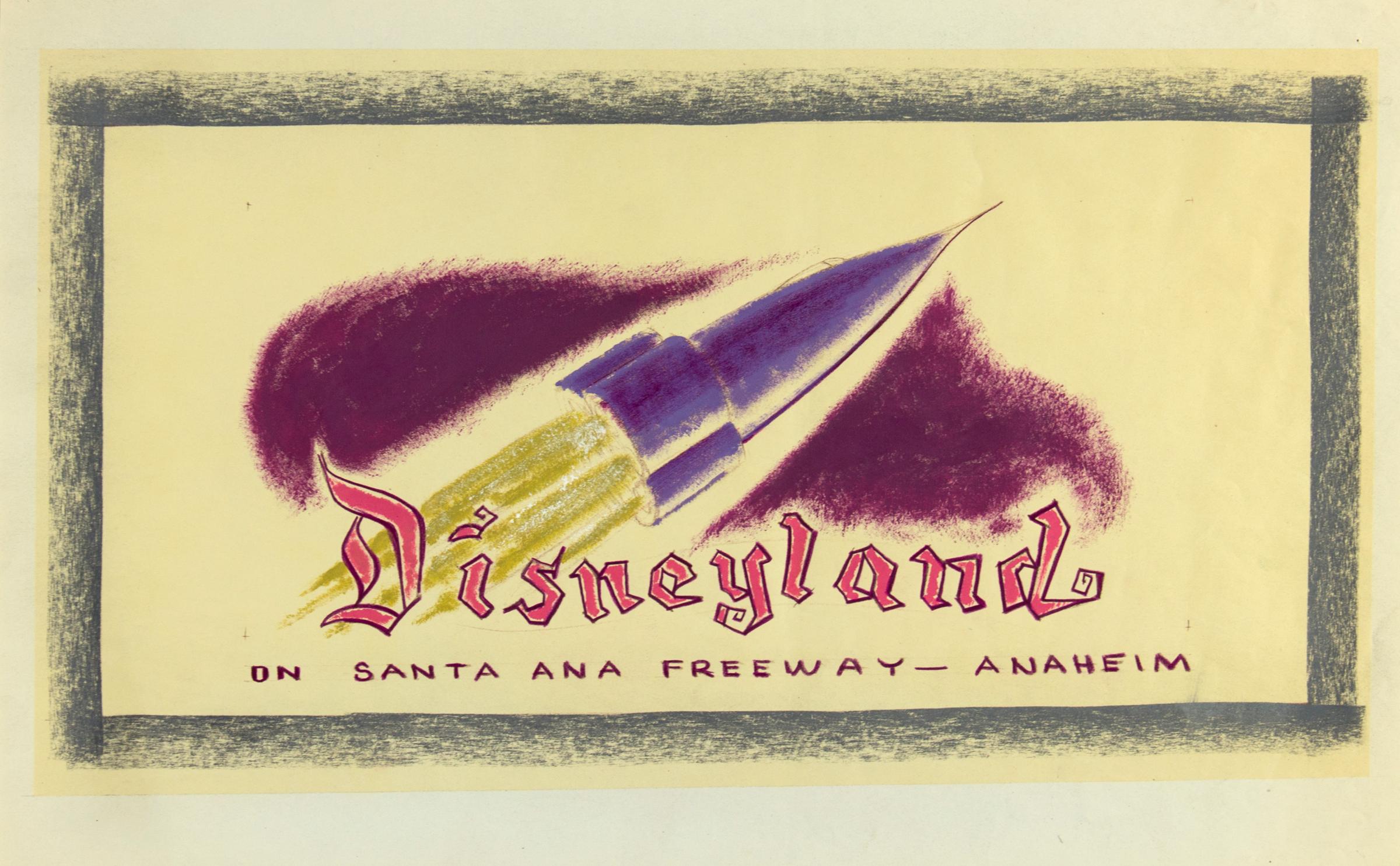
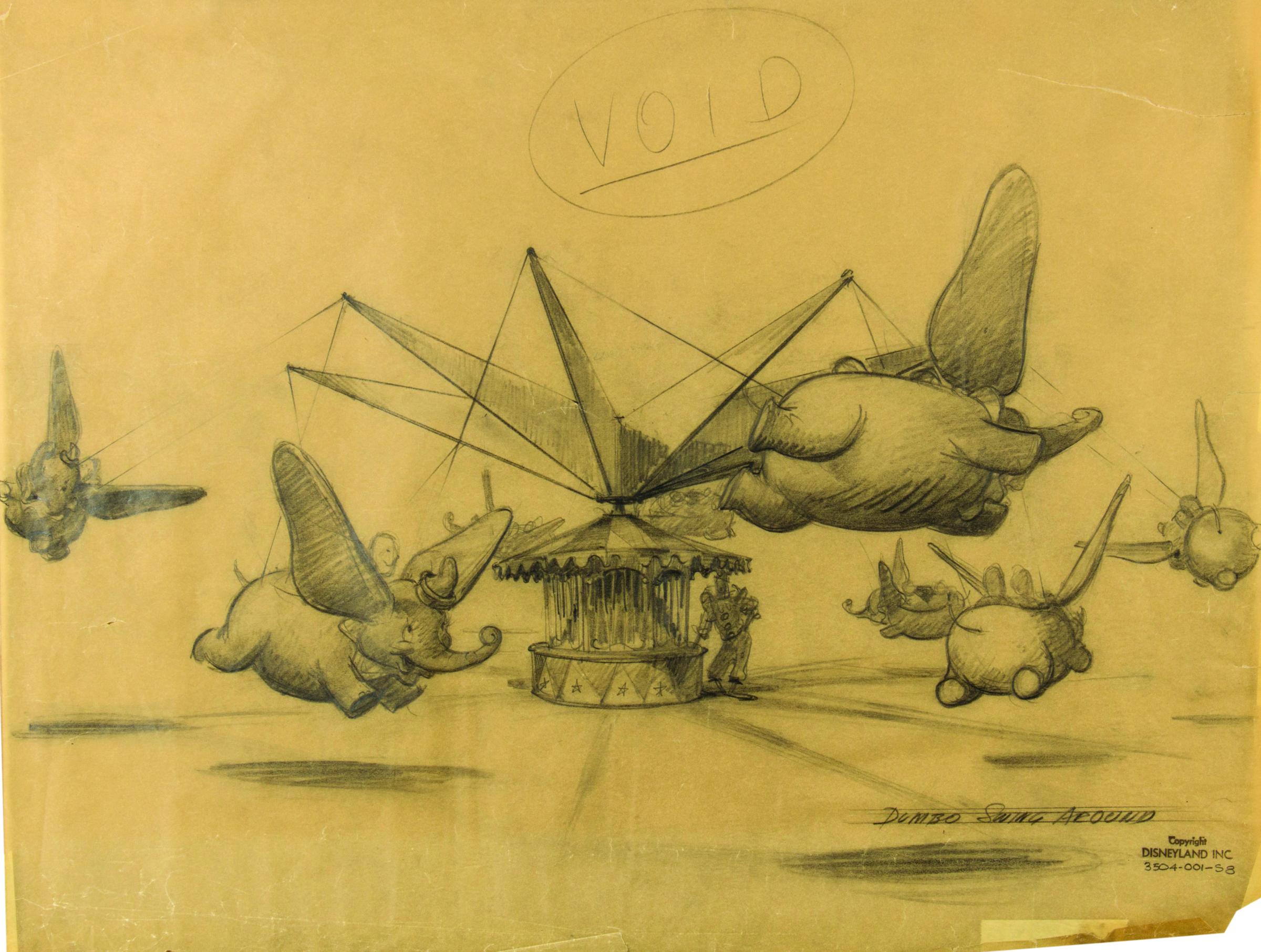
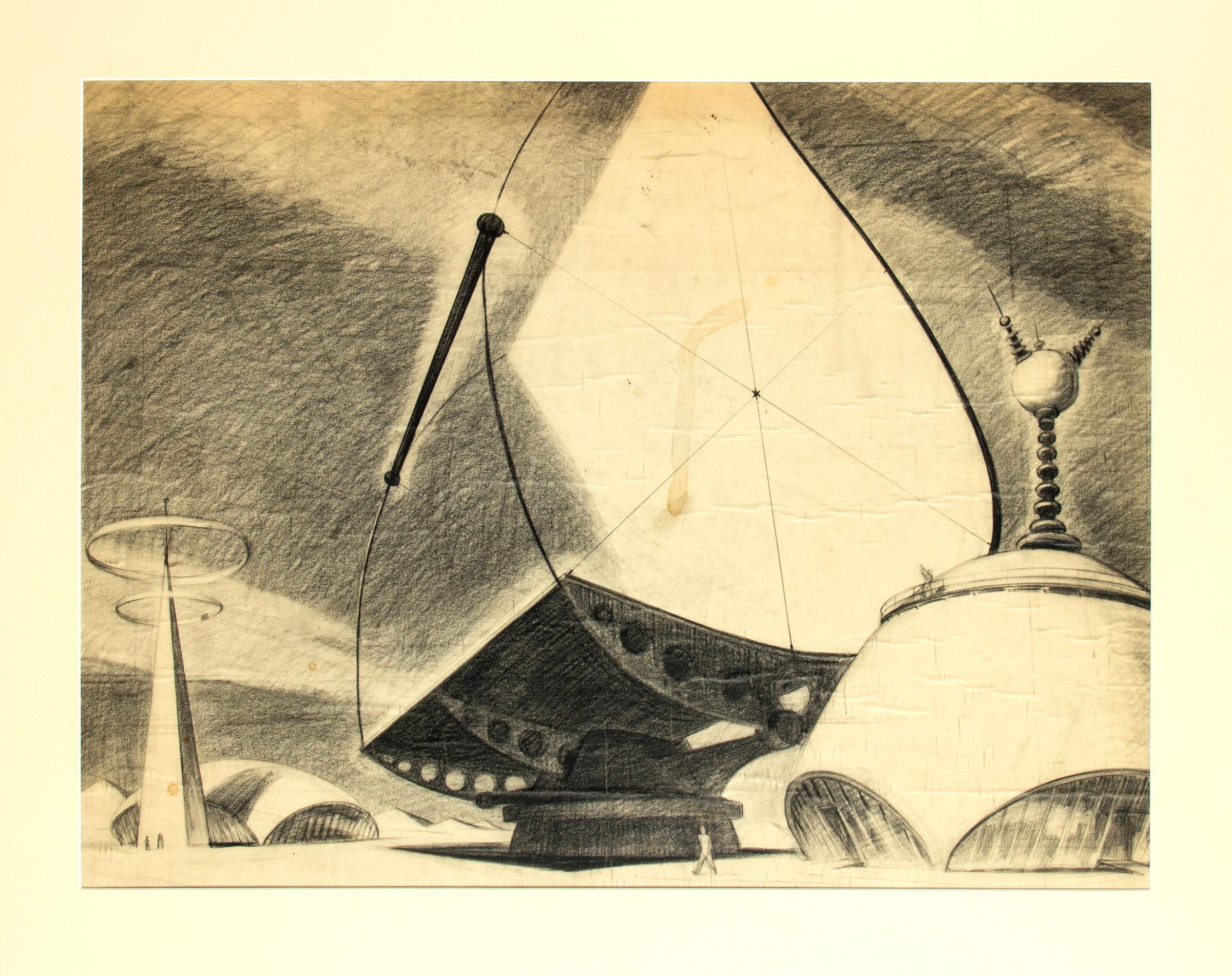
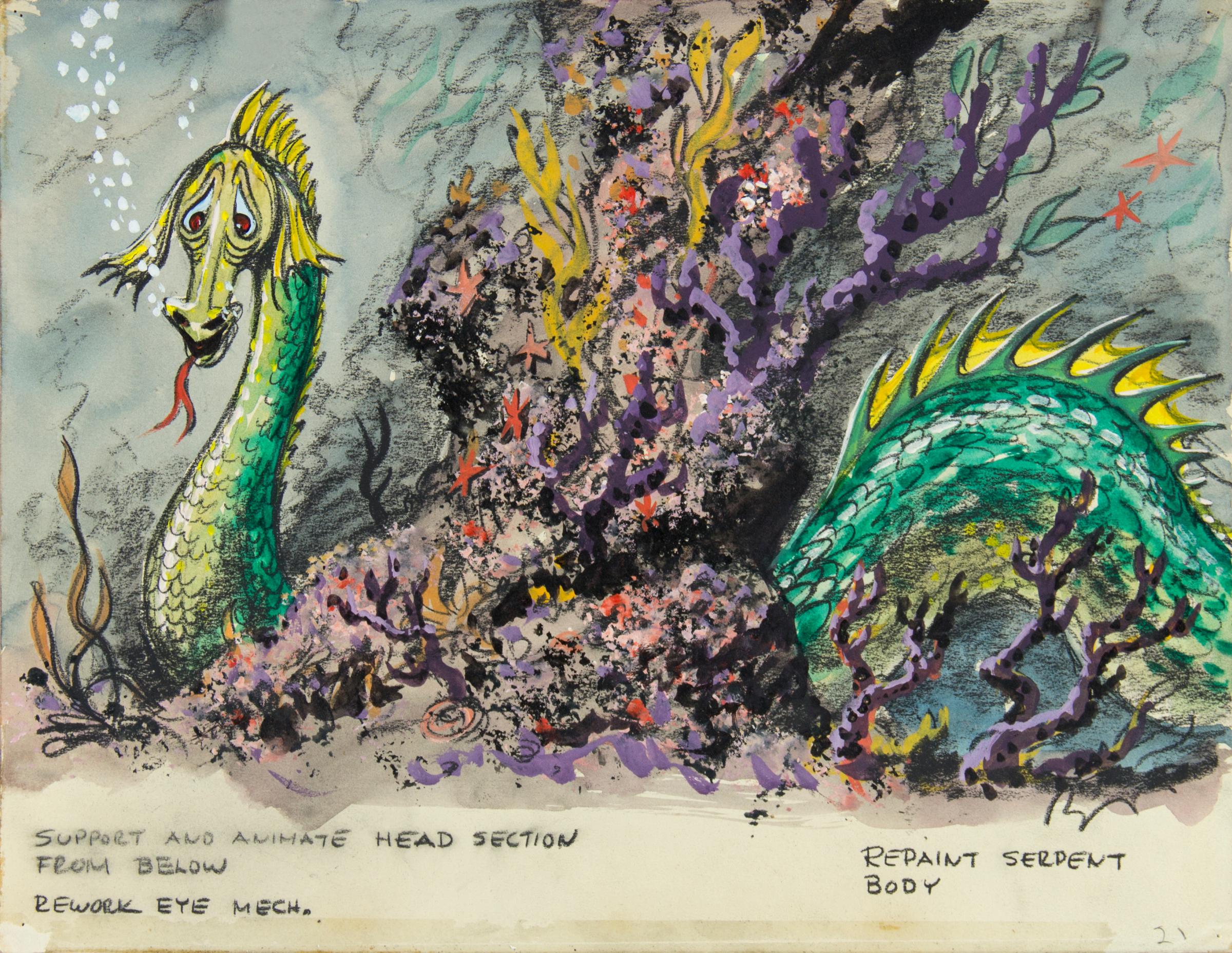
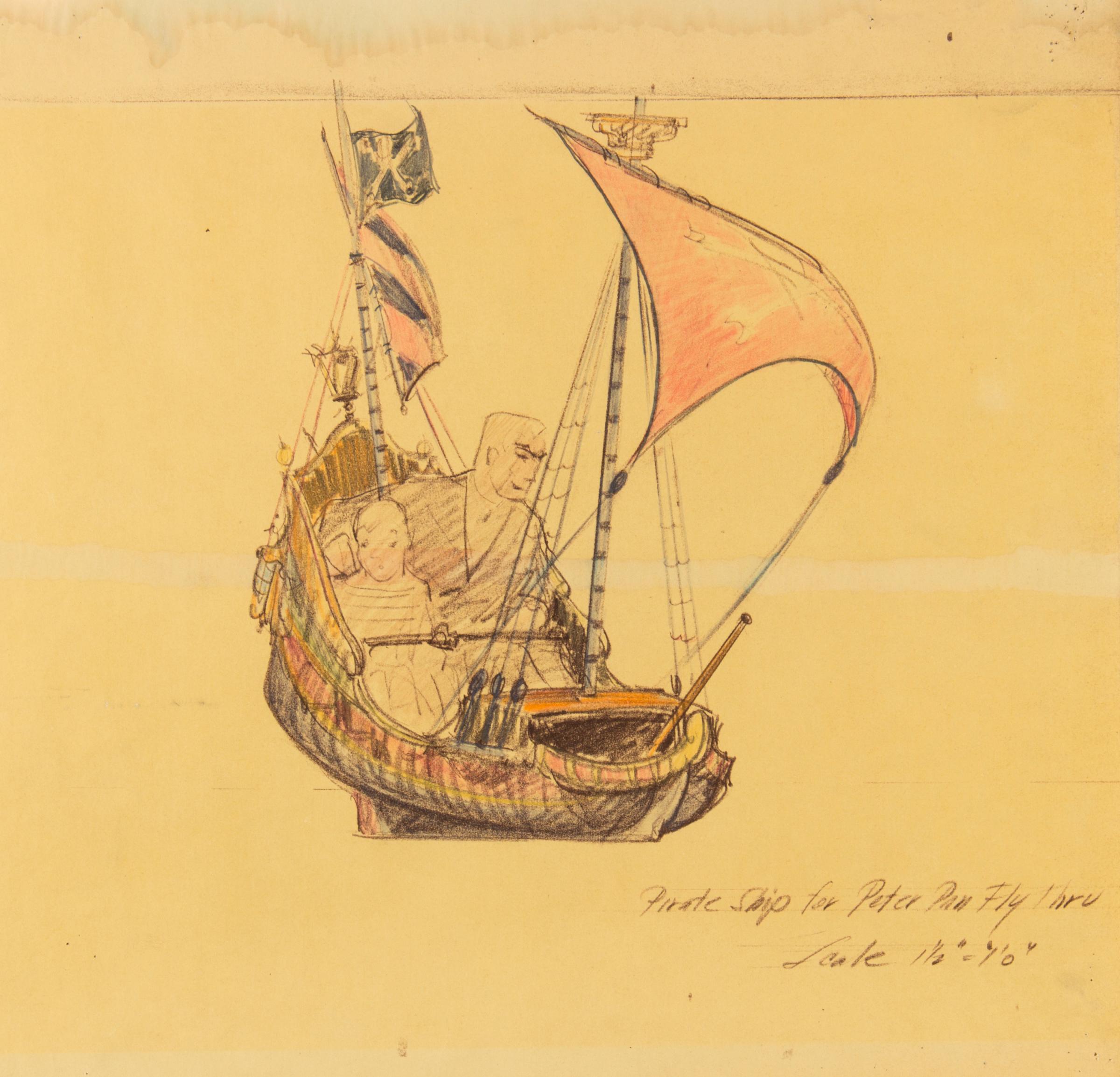
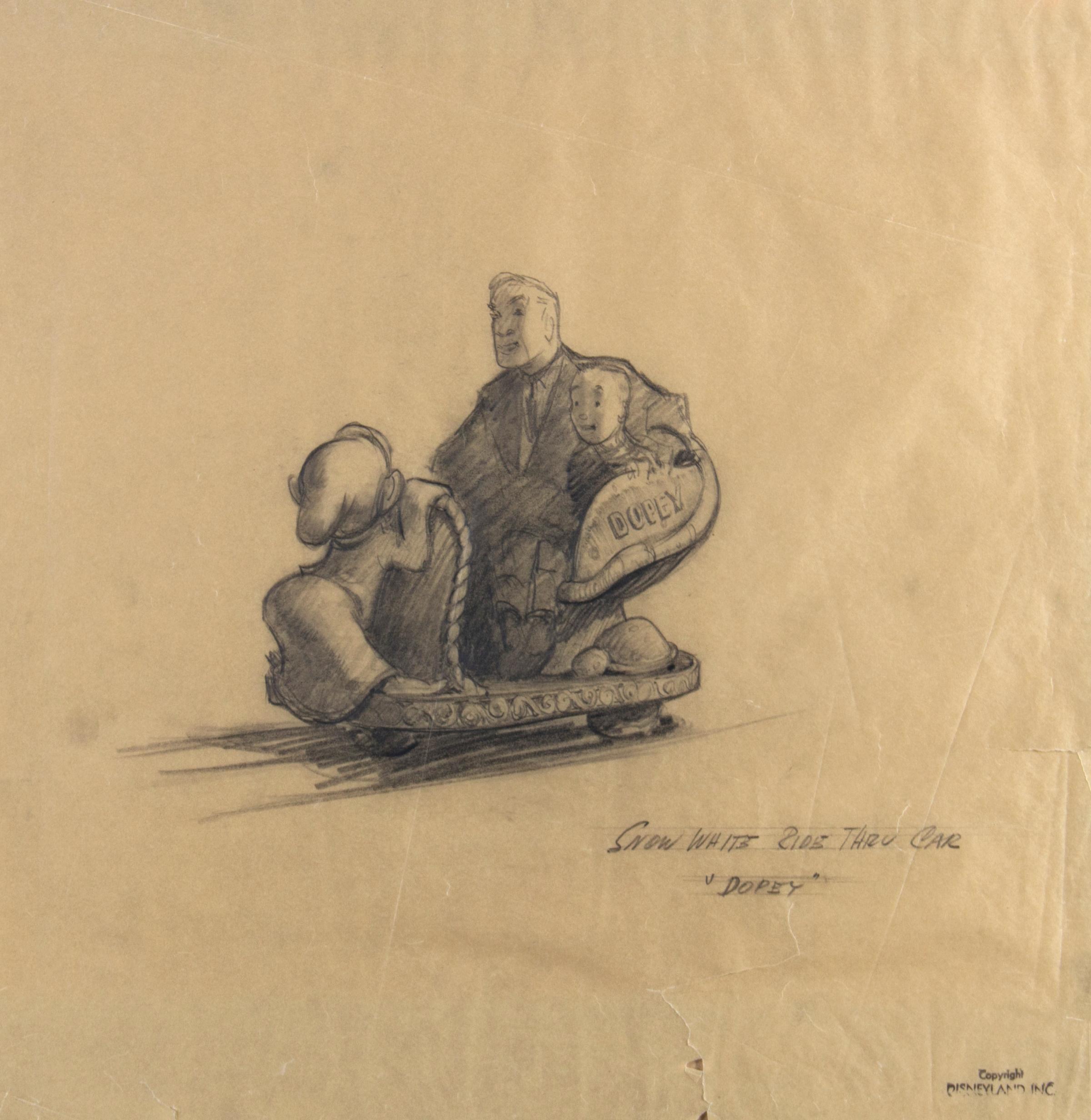
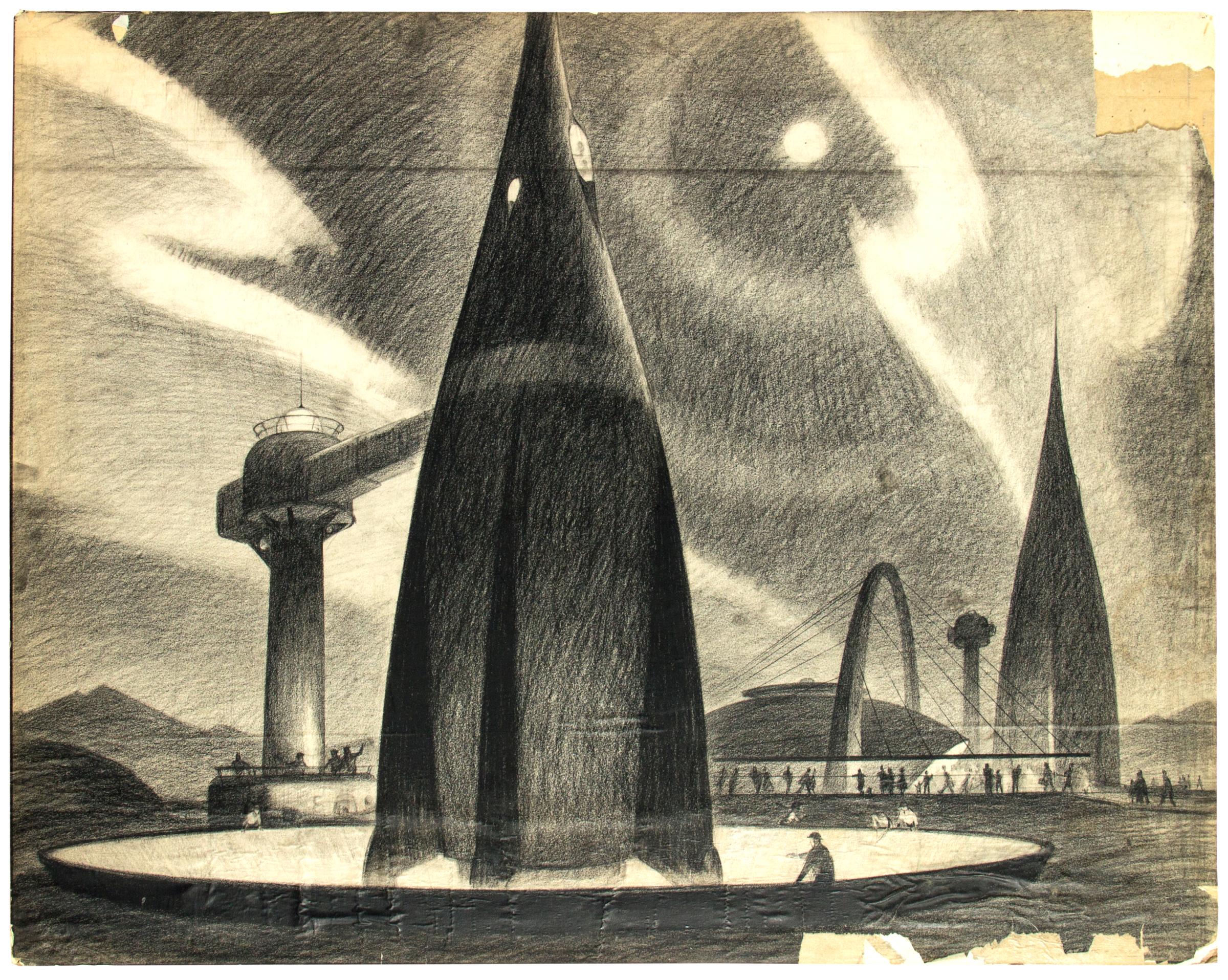

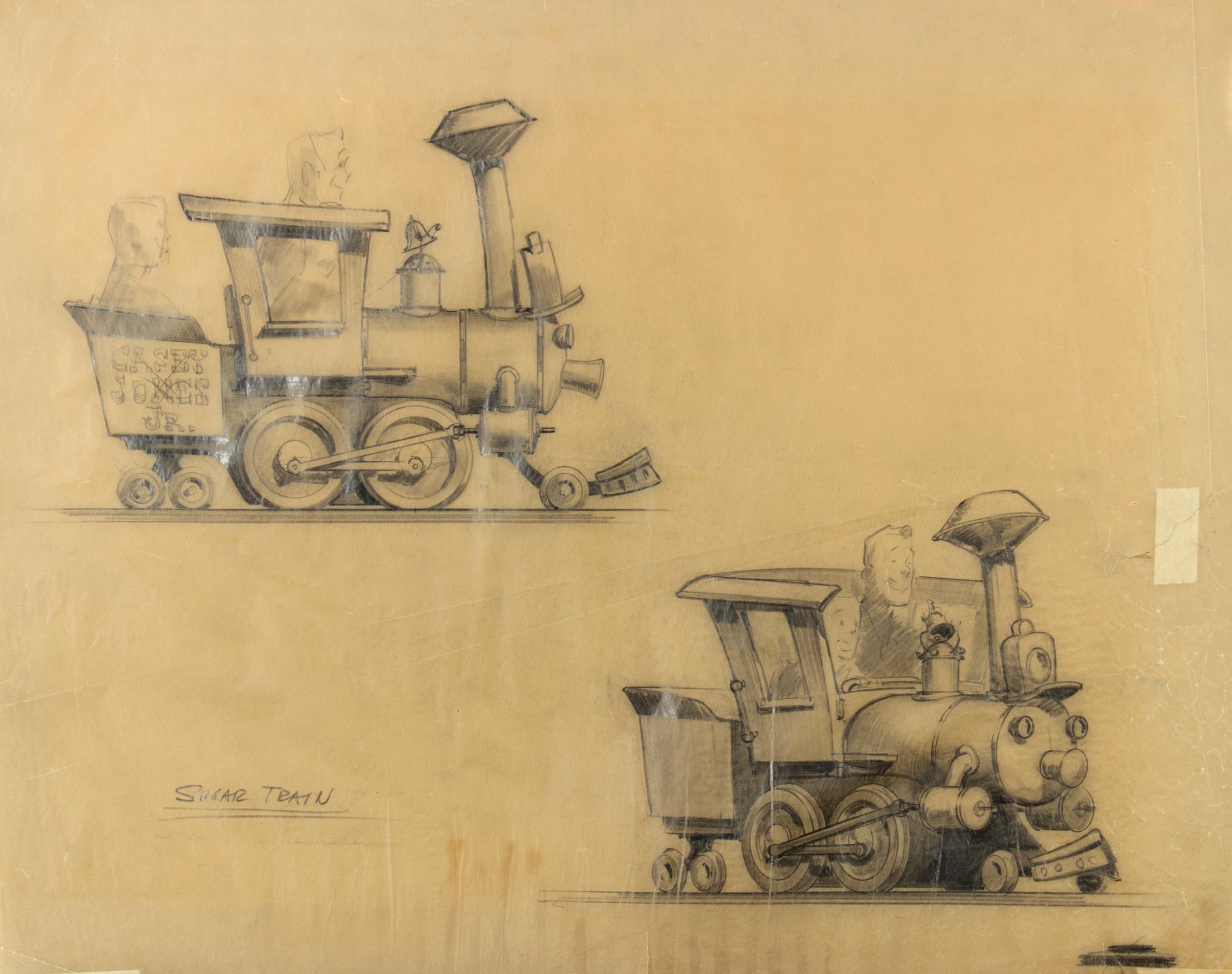
More Must-Reads from TIME
- Cybersecurity Experts Are Sounding the Alarm on DOGE
- Meet the 2025 Women of the Year
- The Harsh Truth About Disability Inclusion
- Why Do More Young Adults Have Cancer?
- Colman Domingo Leads With Radical Love
- How to Get Better at Doing Things Alone
- Michelle Zauner Stares Down the Darkness
Write to Olivia B. Waxman at olivia.waxman@time.com